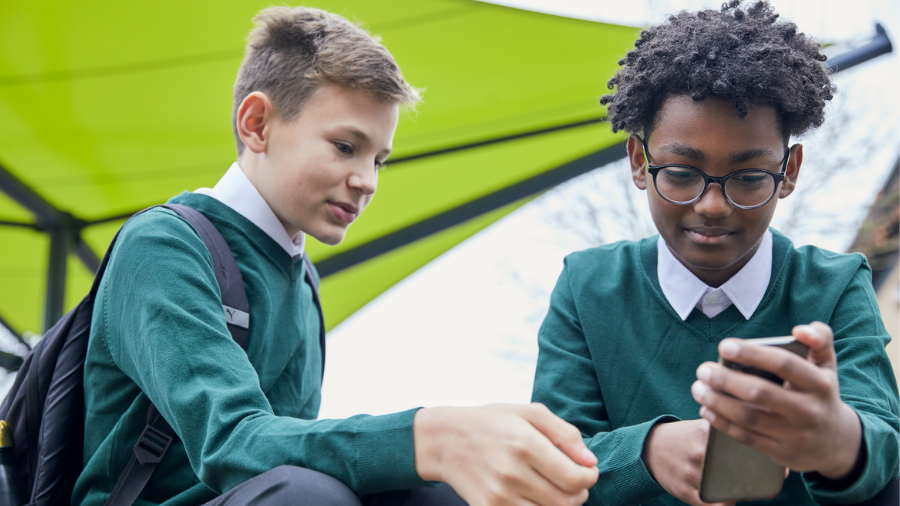
With an increasing number of children using image and video-sharing app Instagram, over the last few years the platform has introduced some new safety features to help protect younger users. But have they made it safer?
Here’s everything you need to know.
What age-rating is Instagram?
Instagram is rated 13+. It is available to download for free on desktop and mobile.
What can you do on Instagram?
Instagram is predominately an image and video sharing app. Users can create a public or private profile where they choose to share their own content with their followers. Some children might create an account to just follow and interact with other people’s accounts. For example, a celebrity they like.

